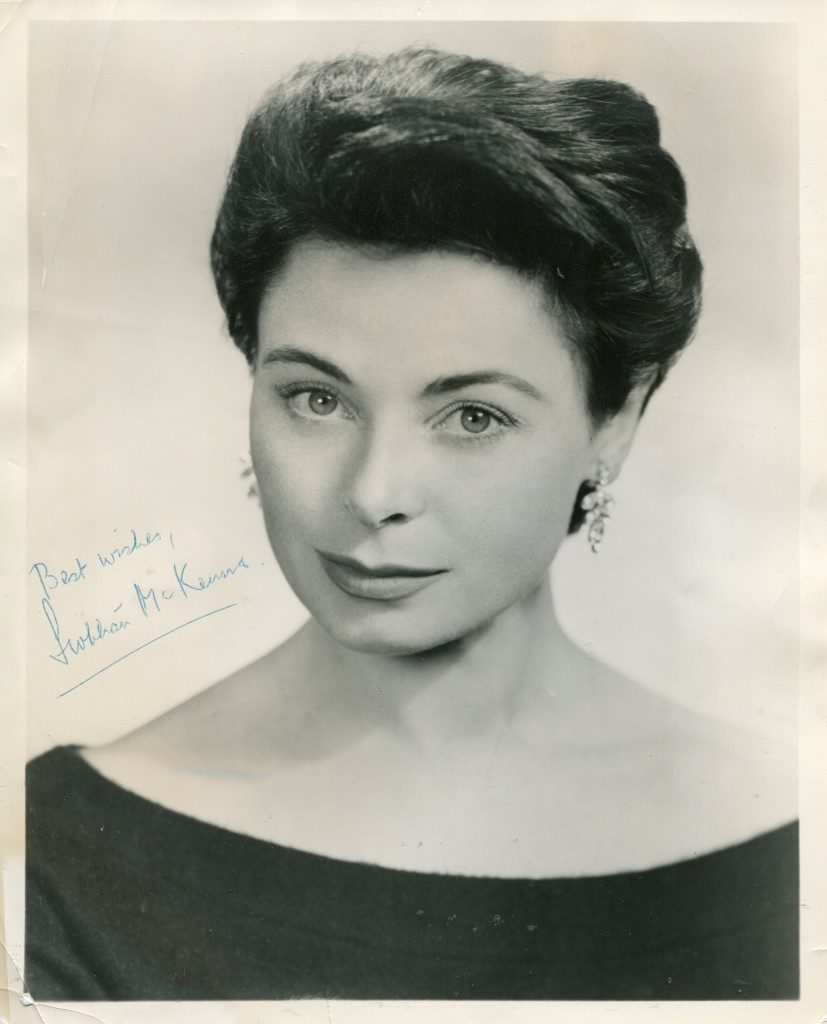
Siobhan McKenna was and is regarded as Ireland’s greatest actress. She made few films but she has given excellent performances in the few that she participated in. Her most important films are “Daughter of Darkness2, “Hungary Hill”, “King of Kings” and “Dr Zhivago. Shortly before her death in 1986, she had given a tremendous performance in Tom Murphy’s “Ballingaire”. She was married to the actor Denis O’Dea who predeceased her.
Joan of Arc, surely the most extraordinary of all Christian saints, was convinced, and successfully convinced others, that she was guided by angelic voices. She stepped into the story of her country in the most dramatic way. A peasant girl from the fields, she led the French army to a series of victories at a terrible time for France in the One Hundred Years’ War, bitterly fought, over the succession to the French throne. She was betrayed. On May 30 1431, accused of heresy, she was cruelly burnt alive in a small Normandy town. She was only 19 years of age.
Wonderfully, as British soldiers believed they saw angels over the battlefields of Mons, French soldiers, looking upwards from their own hellish trenches, saw her riding in full armour on horseback through the clouds. She wasn’t yet a certified saint, but French soldiers in the Great War knew Joan of Arc was with them. She was always, after all, devoted to the common soldier who fought and paid for France’s freedom with their lives. They prayed to her, told stories about her, sang about her. After the war, the Vatican hastened to canonise her in 1920.
George Bernard Shaw, capitalising on the still relatively recent canonisation of Joan, brilliantly brought her life to the stage in 1924. It is probably his finest play. Shaw created a provocatively original version of The Maid as a protestant and a nationalist before her time. He had in mind that the famous actress Sybil Thorndike would play the leading role, which she did to wide acclaim. The part has gone on to be a defining role for women.
The challenge was taken up in Galway’s little Irish language theatre when a perfect translation of the play was sent to the directors, who immediately agreed to produce it. The translation was done by a young actress, and fluent Irish speaker, Siobhán McKenna, and the role was to bring her fame beyond her dreams.
The play opened in Galway in December 1950. It was the talk of the town. People were both moved and awed by Siobhán’s portrayal of St Joan. It was a new departure for An Taibhdhearc. No longer was it just sufficient for a play to be in Irish; it had to be of the highest theatrical standard, evidenced by its acting and presentation.
The play was directed by Ian Priestly Mitchell, but Siobhán insisted on certain changes. She refused to work with two members of the cast whom she claimed were not up to speed. The changes she asked for were all made.
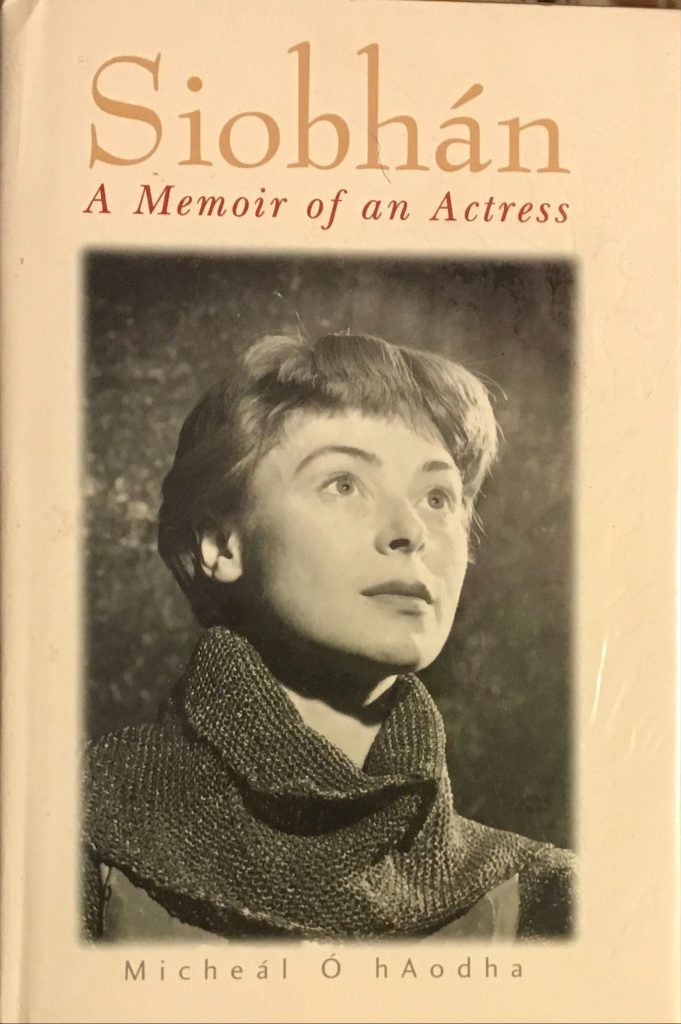
In January 1951 the play moved to the Gaiety Theatre in Dublin. In the audience was An Taibhdhearc’s old friend Micheál MacLiammóir who was enchanted. He persuaded Siobhán to present the play at his Gate Theatre, but in the original English version.
Again Siobhán’s performance caused a sensation. Audiences wept when Joan, given a choice of being entombed for the rest of her life on a diet of bread and water, or burned at the stake, desperately replied: “You think that life is nothing but not being dead? It is not the bread and water I fear. I can live on bread. It is no hardship to drink water if the water be clean. But to shut me from the light of the sky and the sight of the fields and flowers; to chain my feet so that I can never again climb the hills. To make me breathe foul damp darkness… without these things I cannot live. And by your wanting to take them away from me, or from any human creature, I know that your council is of the devil.”
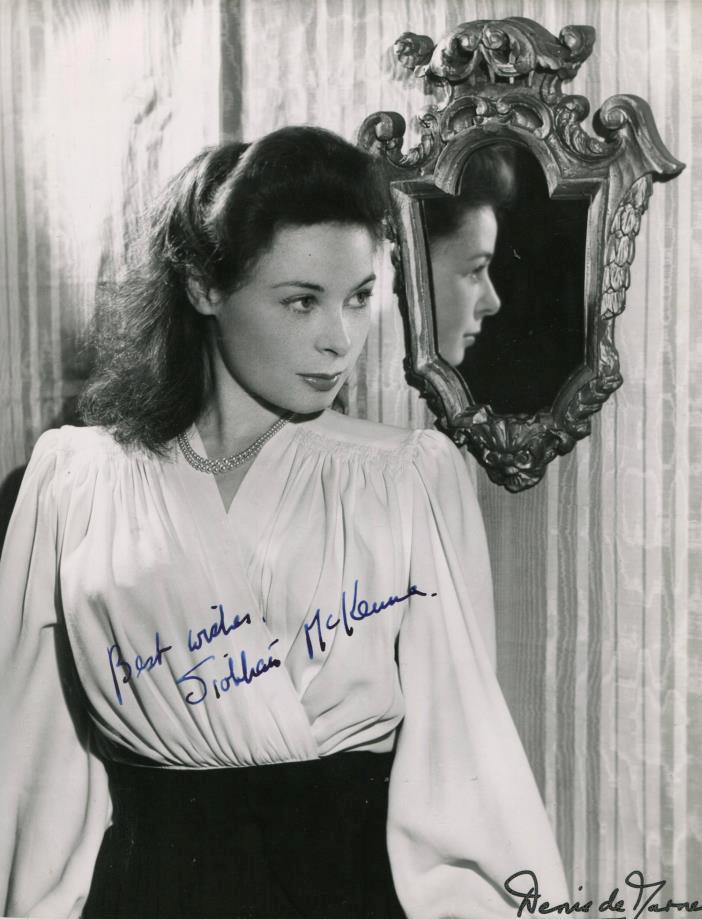
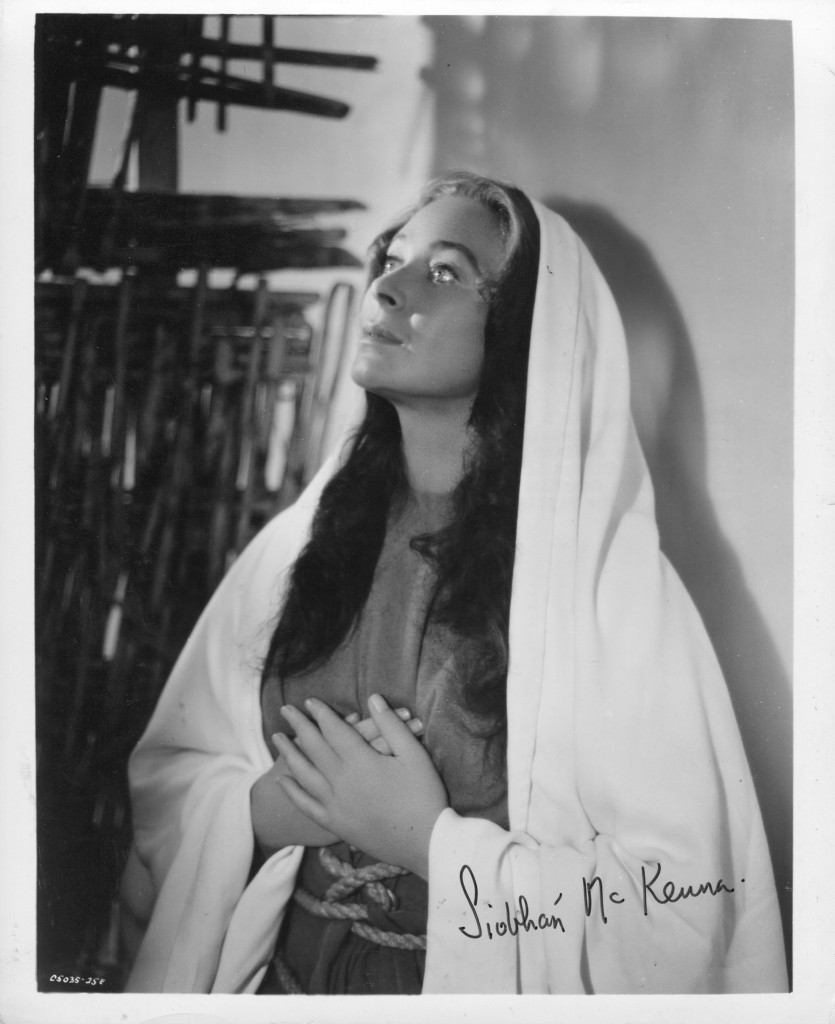
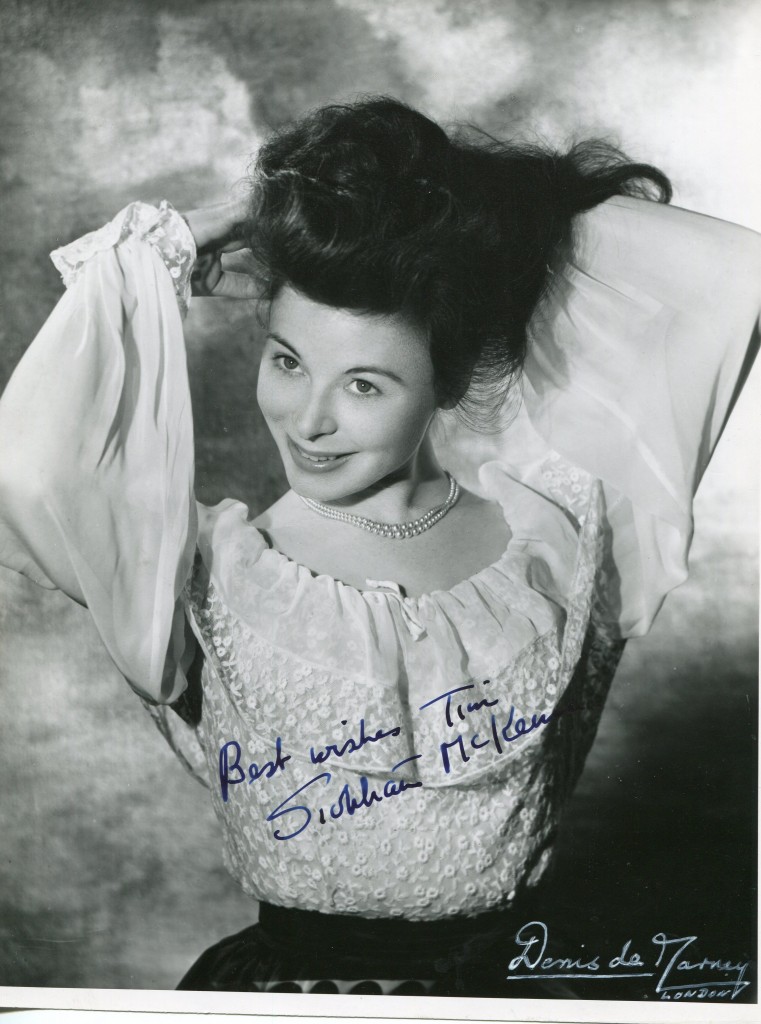
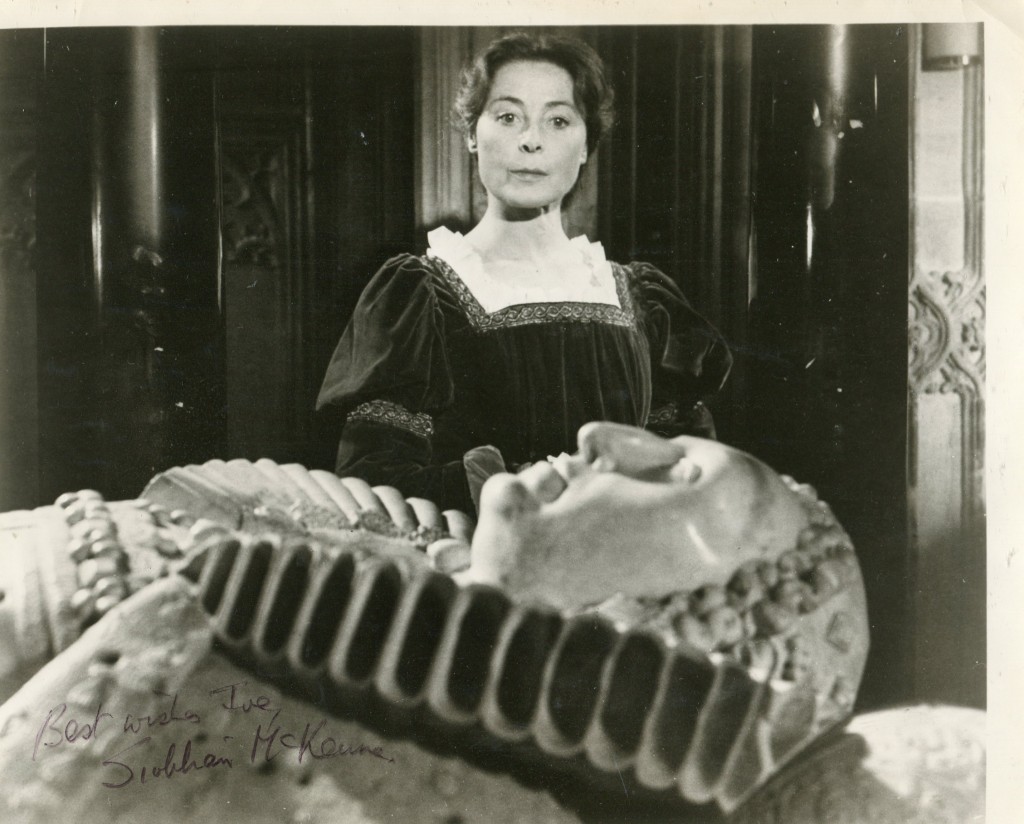
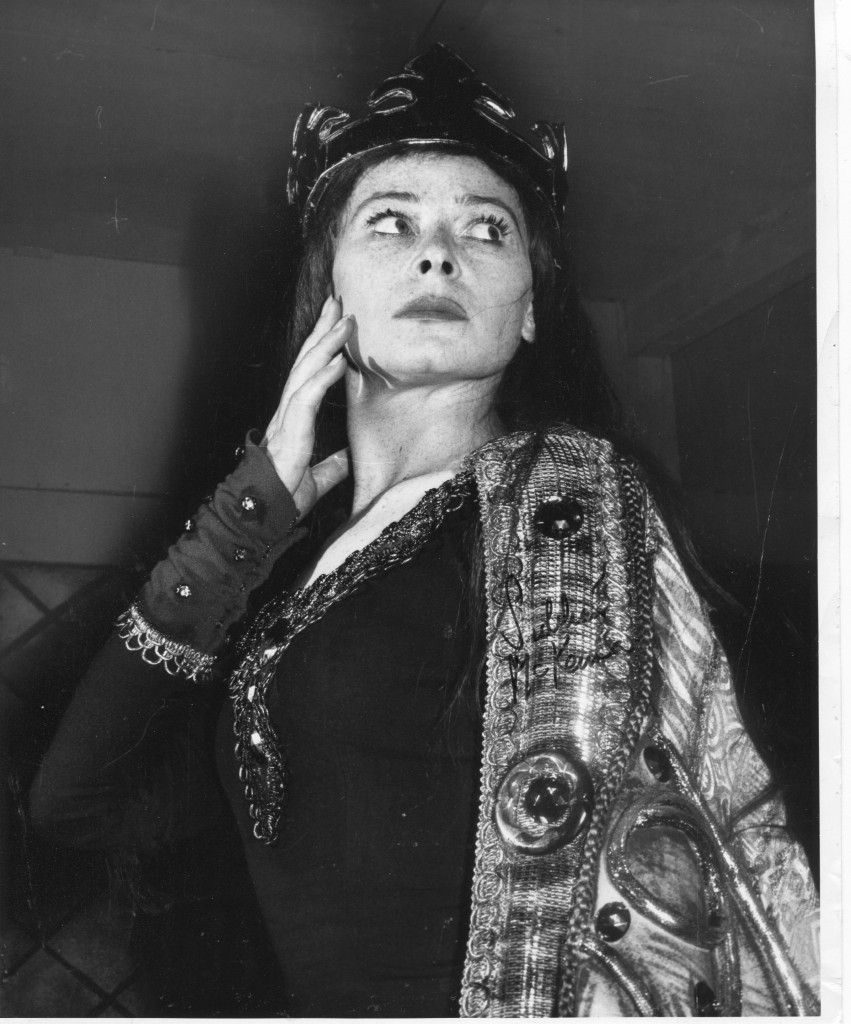
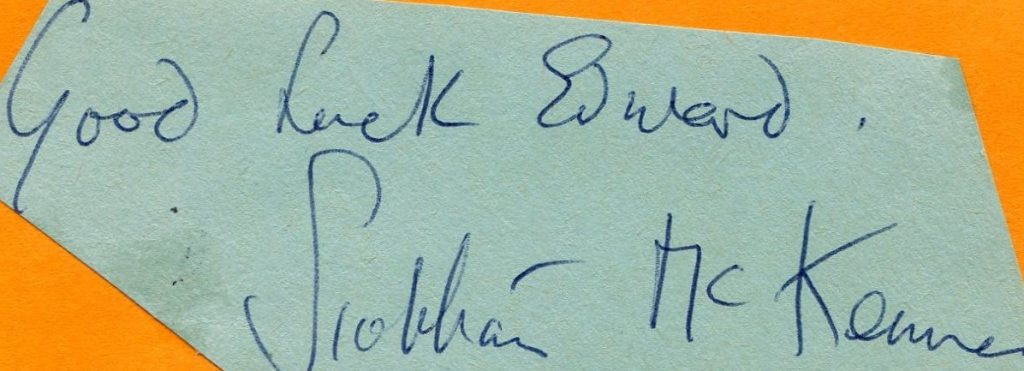
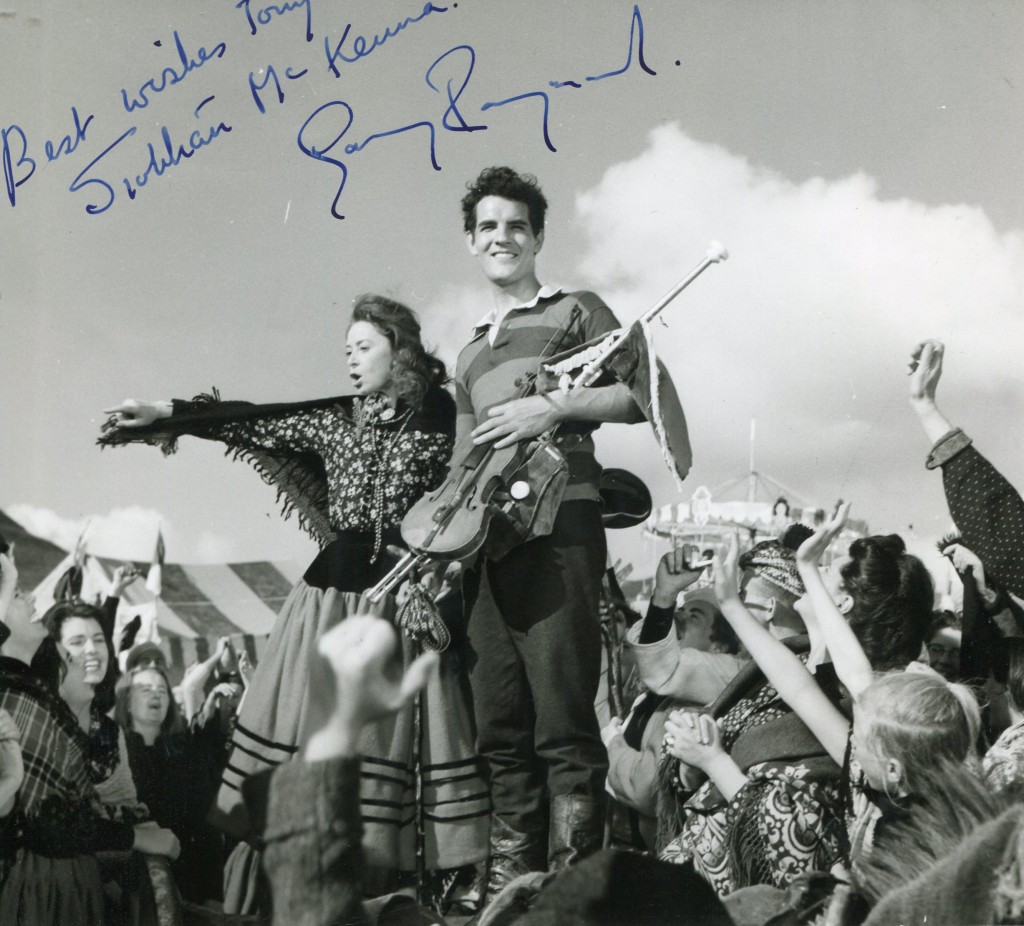
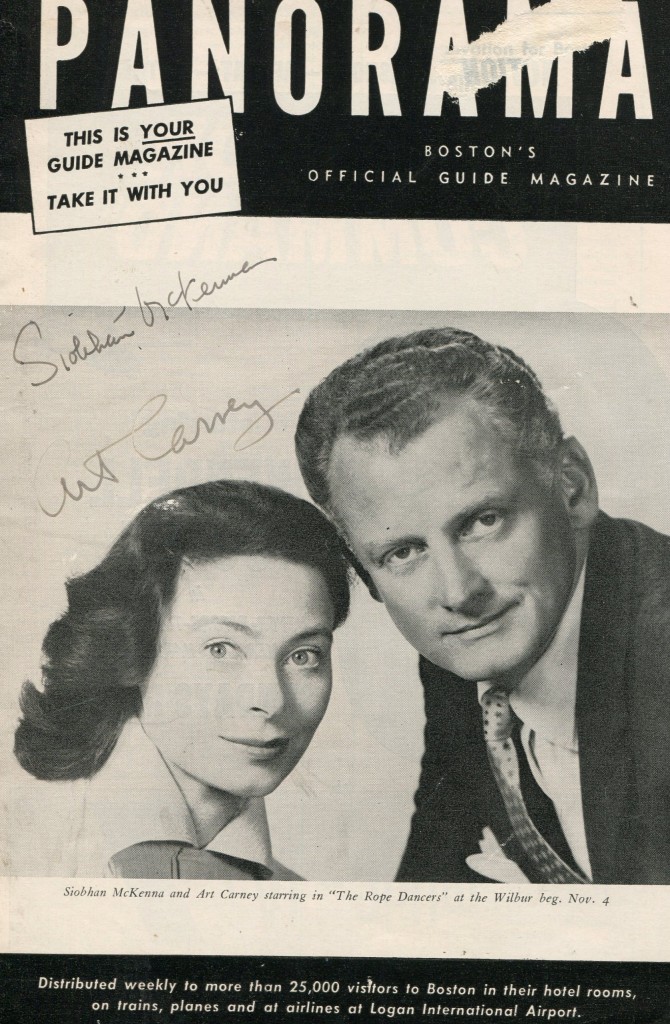
From Dublin the play transferred to London, then Paris (where it took the city by the proverbial storm ), and finally to New York. She was featured on the cover of Life magazine; and in 1956 was the first Irish actor to win a Tony Award, the highest accolade that Broadway can confer.
Siobhán was born Siobhán Giollamhuire Nic Cionnaith into a proudly Irish speaking, nationalist family in Belfast, in May 1923. Her mother was Margaret O’Reilly from Longford, and her father Eoghan was something of a mathematical genius. In 1928 he was appointed professor of mathematical sciences at NUIG, and the family moved into the imposing Fort Eyre, in Shantalla.
Siobhán went to school first to the Dominican Sisters at Taylor’s Hill, and then as a boarder to the St Louis Sisters at Monaghan. While a student at NUIG, she began acting at An Taibhdhearc, and showed such promise that Professor Liam Ó Briain (one of the founders of An Taibhdhearc ) recommended her to the Abbey where she was immediately given a contract. As her career developed she had small parts in films and on the London stage. She received praise from the renowned critic Kenneth Tynan for her role in James Forsyth’s Héloise in 1951, the same year that her St Joan took off internationally.
The above “Galway Advertiser” article can be also accessed online here.
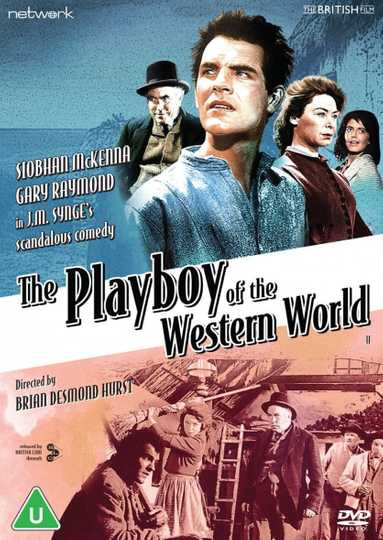
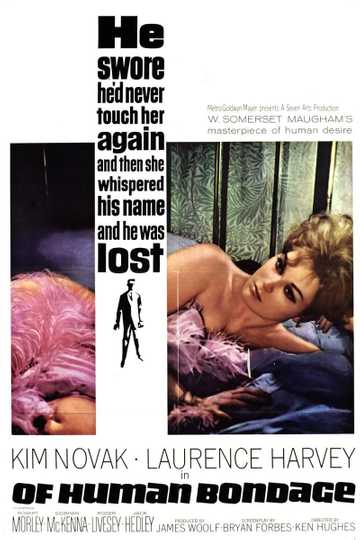
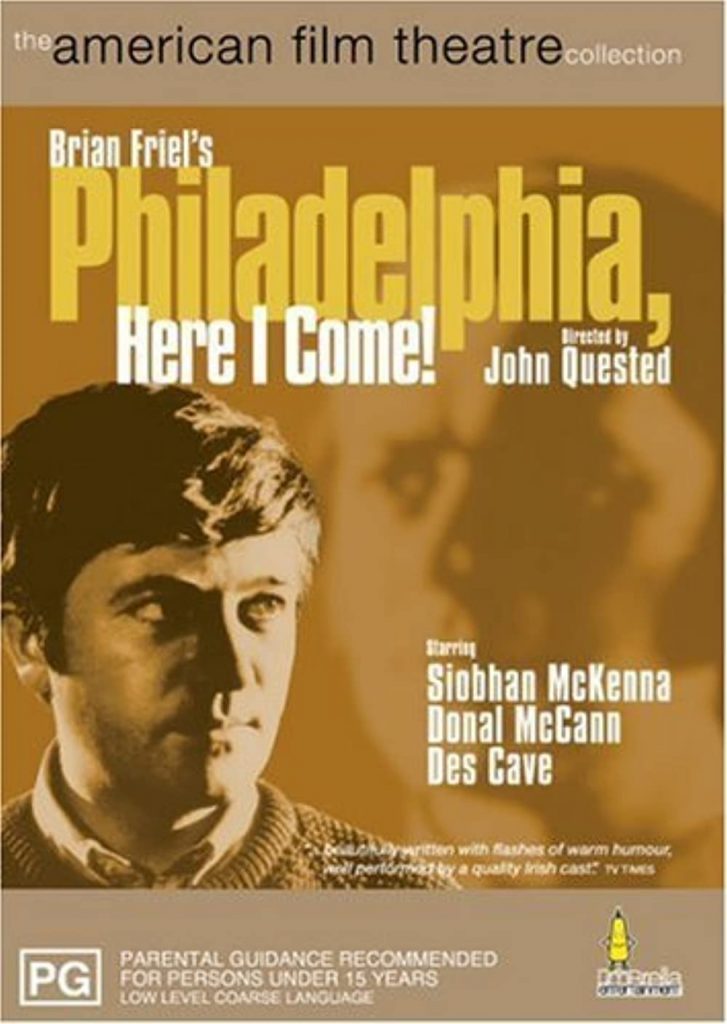
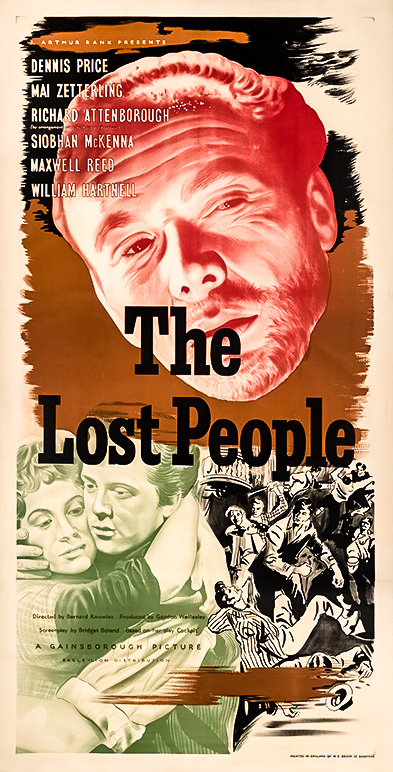

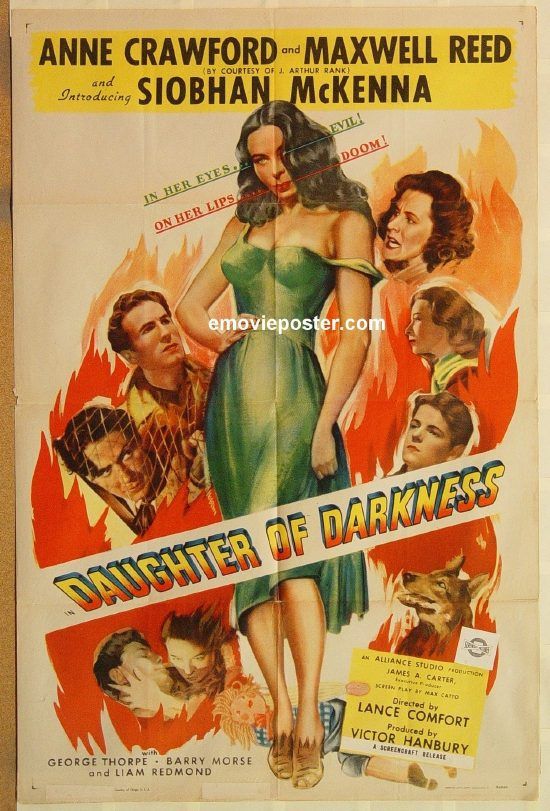
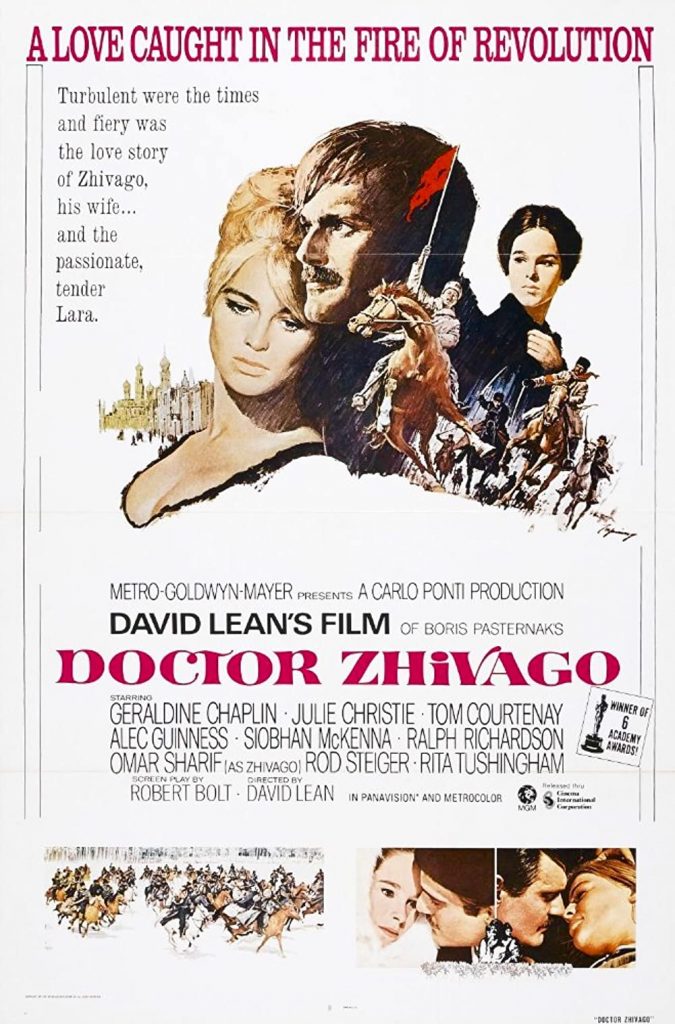
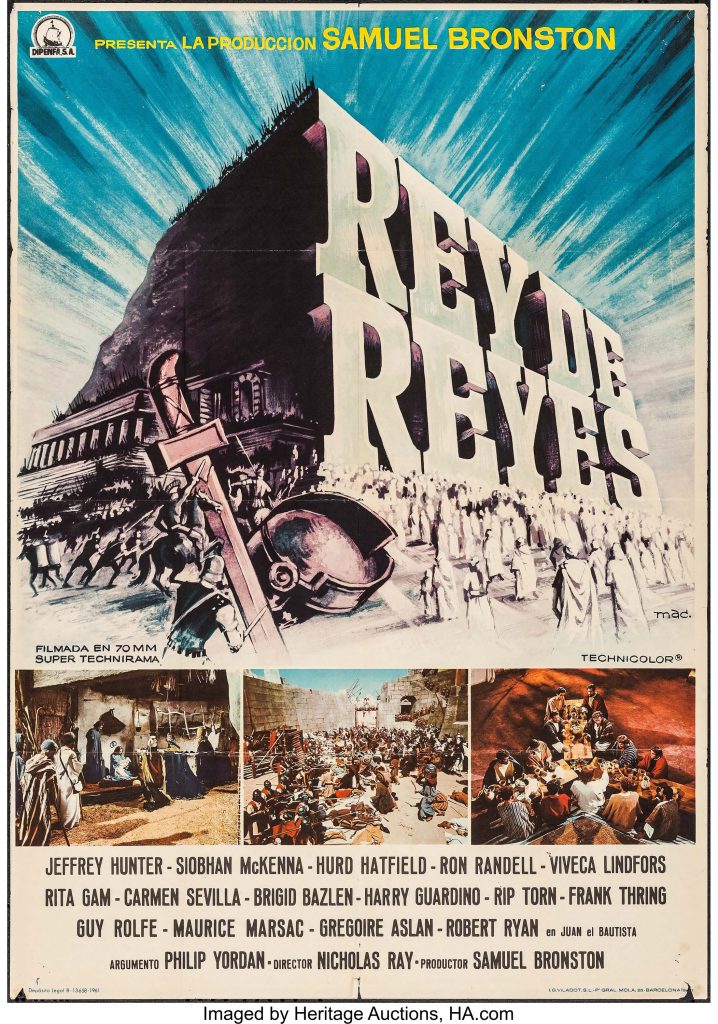
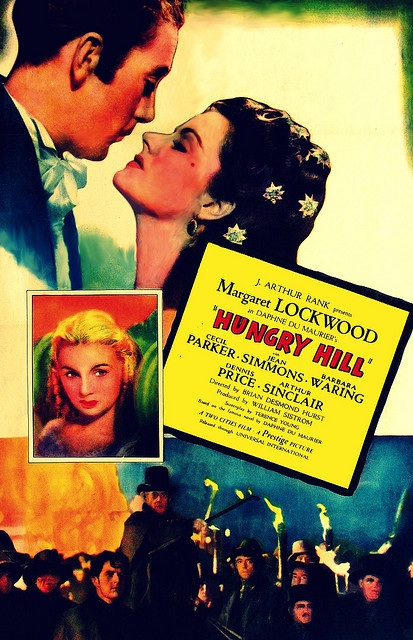
Rarely out of work some of Siobhán’s other memorable roles include Pegeen Mike from the Playboy of the Western World, directed by Shelah Richards (later made into a film ). She enjoyed leading parts with the Royal Shakespeare Company in Stratford-upon-Avon, with Cyril Cusack in Anton Chekov’s The Cherry Orchard, and in David Lean’s Dr Zhivago.
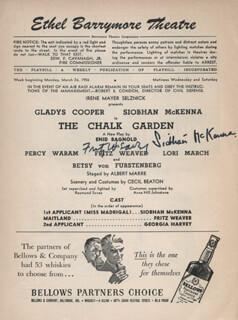
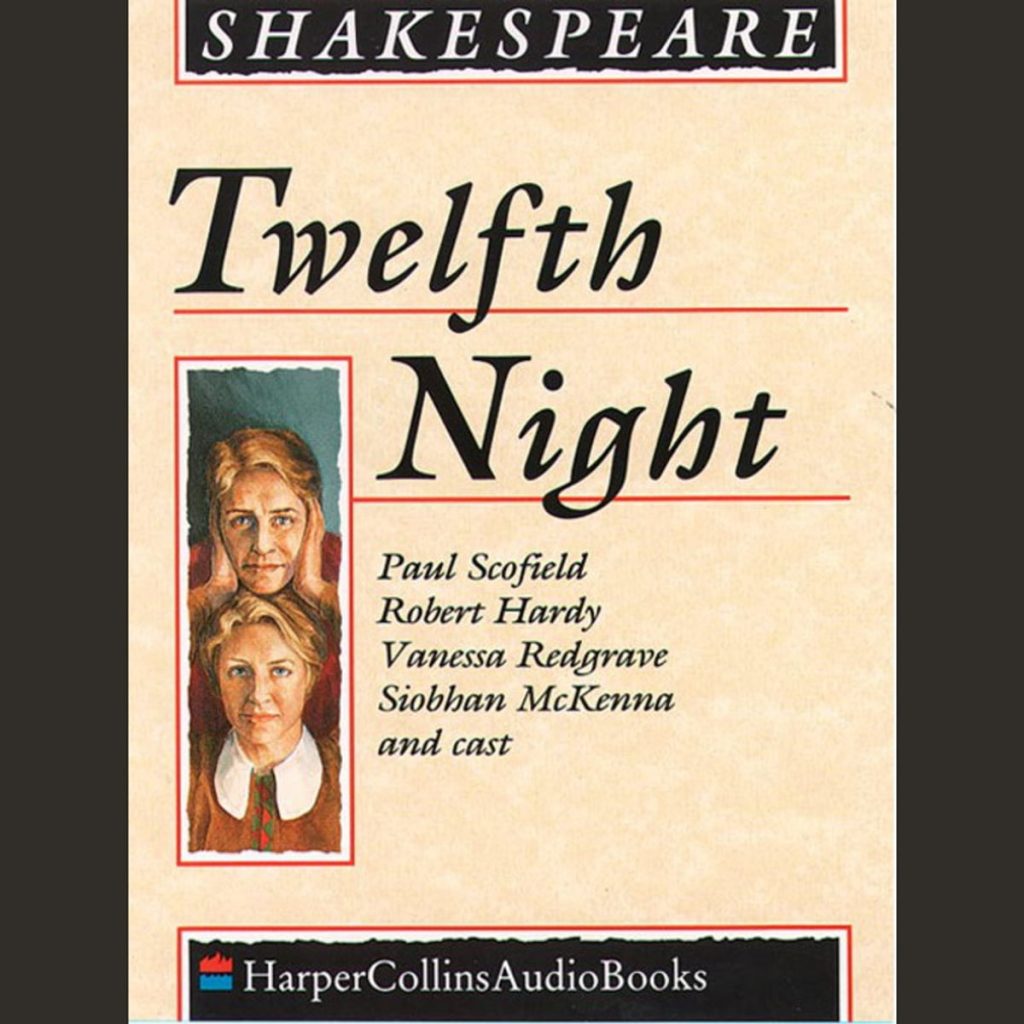
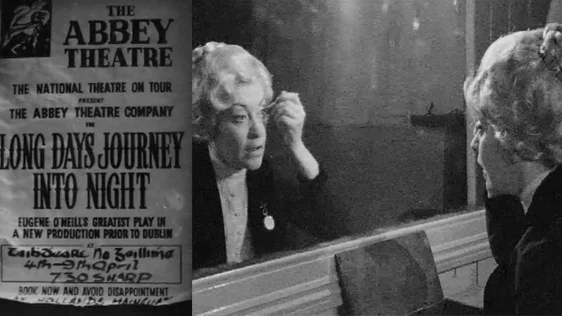
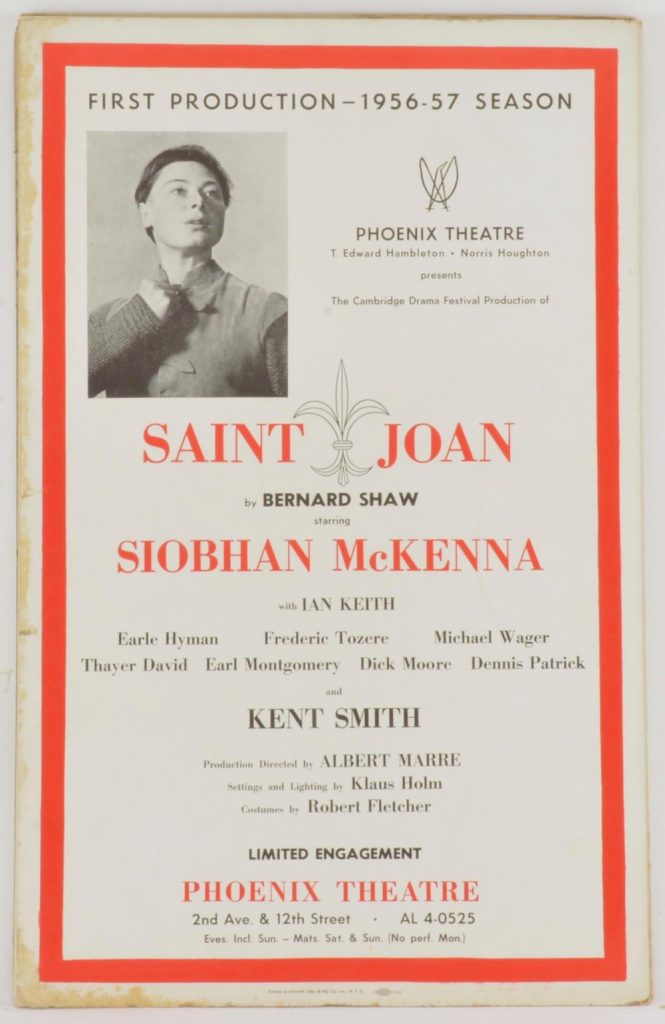
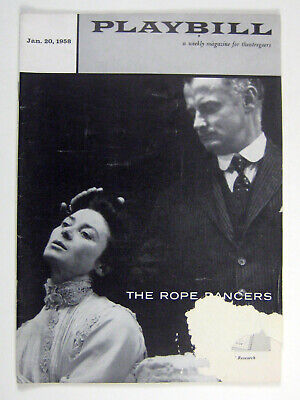
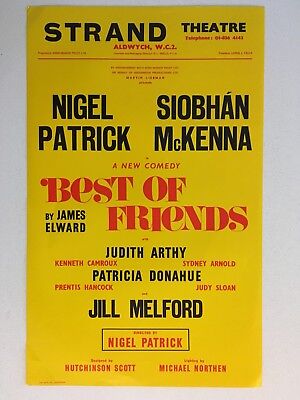
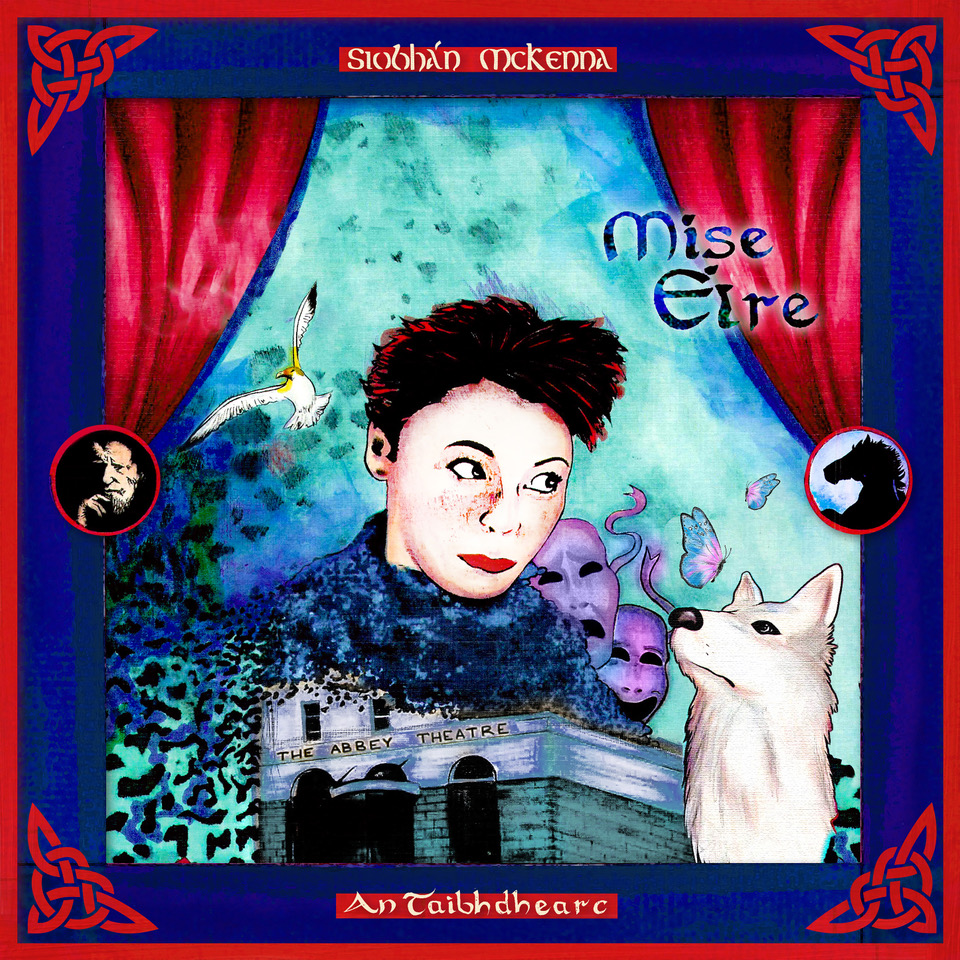
Siobhán was the much over-used term, a star, and greatly sought after. In early 1986, the year she died at only 63 years of age, and although seriously ill (of which few people were aware ), she undertook the demanding role of Mammo in Tom Murphy’s Bailegangaire, which was written with her in mind. It was memorably directed by Garry Hynes (herself a Tony Award winner ), to rave reviews. Siobhán’s contribution became a legend.
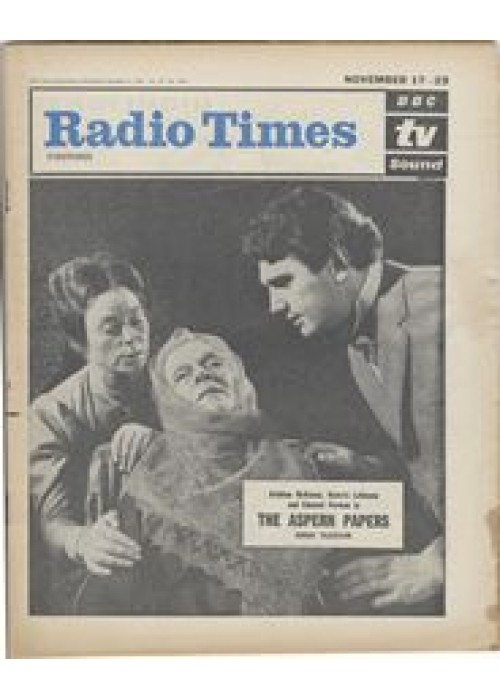
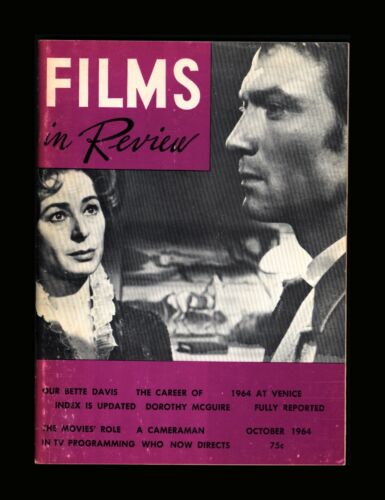
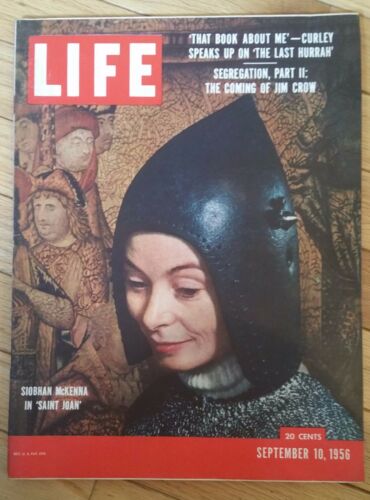
New York Times obituary:
- Nov. 17, 1986
Siobhan McKenna, a pride of the Irish theater whose vivid Joan of Arc captivated Broadway audiences in 1956, died of a heart attack yesterday after surgery at the Black Rock Clinic in Dublin. She was 64 years old and a resident of the Irish capital.
Miss McKenna’s agent in New York, Milton Goldman, reported that she had been suffering from lung cancer. The actress was to have appeared in a new film directed by John Huston and based on Joyce’s story ”The Dead,” Mr. Goldman said.
Miss McKenna, who was born in Belfast and grew up speaking Gaelic, was a product of the Abbey Theater in Dublin. She began her acting career in 1940 as a semiprofessional at the Gaelic An Taibhdhearc Theater in Galway, Ireland.
She became associated with the Abbey in 1944 and made her London debut in ”The White Steed” in 1947. But she returned to Galway in 1951 to appear as Joan in her own Gaelic translation of Shaw’s ”Saint Joan.” She then did the role in English to great acclaim in Ireland and London. ‘An Immediate Impression’
Theatergoers in New York first saw Miss McKenna in ”The Chalk Garden” in 1955. But it was her vigorous portrayal of Joan that took Broadway by storm the following year.
”A tidy young lady with a broad face, alert eyes and a voluminous voice,” Brooks Atkinson, the theater critic of The New York Times, wrote after the premiere at the Phoenix Theater, ”she makes an immediate impression on the theater, and for the last two or three years has been made a distinct impression on ‘Saint Joan.’ ”
Mr. Atkinson, who believed that Miss McKenna’s interpretation did not fully explore Shaw’s character in all its ramifications, wrote that she ”concentrates on the hearty farm girl who has seen visions and who bullies her way to the Dauphin’s court and the vasty fields of France by her rude vitality, naive camaraderie, brashness and boyish stance.”
”Miss McKenna,” he went on, ”fairly bursts into every scene, and usually at the top of her voice. She reads her lines with a sing-song rhythm that becomes rather hypnotic before the play is over. But the accent is Irish, which makes it particularly attractive to American ears, and the voice is extraordinarily powerful.” ‘The Best St. Joan’
The actress Geraldine Page said yesterday: ”It was the best St. Joan I’ve ever seen. It is one of the greatest performances of the century.” She also called Miss McKenna ”an absolutely extraordinary actress.”
In Ireland, another colleague, Cyril Cusack, called her death ”a great shock and a great loss to the Irish theater and country.”
Miss McKenna also scored an enormous success with a one-woman show, ”Here Are Ladies,” that became a centerpiece of the New York Shakespeare Festival’s comeback season in 1971. In it, she presented a gallery of women by Irish writers she loved and admired: Yeats, Synge, Joyce and Beckett, among others.
Miss McKenna turned the show into a collage of Irish writing, delivered with a caressing brogue and crowned with a powerful reading of Molly Bloom’s soliloquy from Joyce’s ”Ulysses.” Scheduled for only a short run, it played for 67 performances until Miss McKenna decided the strain of the multiple-role solo evenings was becoming too much for her.
But she took the show on a United States college tour later that year, then performed it, again to much acclaim, in Ireland and Britain, and brought it to Broadway in 1973. A 1971 one-hour film version of the show, broadened to include the sights of Ireland and a suporting cast from the Abbey, was seen on American cable television last year. Spoke
Siobhan McKenna was born on May 24, the year being given variously as 1922 or 1923. As a child, she spoke only Gaelic. After attending a convent school, she gained her first acting experience at Galway University, where she joined the only all-Gaelic reportory theater in Ireland, An Taibhdhearc.
After graduation in 1944, she moved to the Abbey and first appeared in ”The Countess Cathleen,” which marked her stage debut in English. She made her film debut in 1947 in Daphne du Maurier’s ”Hungry Hill.”
More films followed, but Laurence Olivier prompted her to return to the stage in ”Fading Mansions.” Her career then became a steady stream of roles in plays, new and classic, and movies, including ”Doctor Zhivago” and ”Playboy of the Western World.”
Miss McKenna walked the boards of London, Edinburgh, Stratford-on-Avon, Stratford in Ontario, New York and many other places. Among her most recent work in the United States was another one-woman production, ”Dubliners, Exiles, Epiphanies,” with readings from Joyce. She opened it in 1982 at the Joyce Centennial Festival in Washington and took it around the country and to Ireland after that.
Miss McKenna was married for 32 years to the actor Denis O’Dea, who died in 1978. She is survived by their son, Donnacha O’Dea, and a sister, Nancy.


